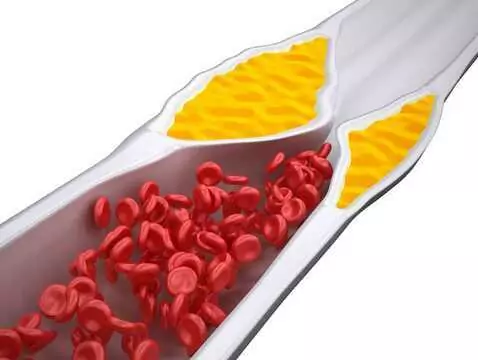GVHD is known in the literature as a dangerous complication that occurs after host haematopoietic cell transplantation. This complication is dangerous insofar as it causes the recipient's immune system to respond against itself. What does this mean in practice? The host organism starts fighting itself! Another extremely dangerous disease is Japanese encephalitis, which is one of the most common viral diseases in the Far East. Below - a brief guide to these two, dangerous diseases that we may encounter.
When the body kills itself..
GVHD, or in fact Graft Versus Host Disease, is categorised as an extremely dangerous complication that can occur after a transplant from another donor. Transplants of this type, are said to be allogeneic, i.e. taking place between two organisms that have demonstrated tissue compatibility and no contraindications to transplantation. Unfortunately, GVHD is not easy to predict. This complication occurs especially after transplantation of cells such as bone marrow cells or stem cells. The transplant process is based on the supply of donor blood cells along with white blood cells. We speak of GVHD when the white blood cells of the donor blood 'recognise' the recipient's body cells as foreign and begin to undertake immunological reactions to destroy them. This phenomenon can be compared to any disease entity, such as the common cold, when lymphocytes recognise bacteria/viruses and attack them because they recognise them as 'foreign'. The same situation occurs with GVHD. The recipient organism under attack, which is weakened anyway, that the fight for health is extremely hard. The T lymphocytes that attack the recipient's organism most often take the mucous membranes of the oral cavity as their battlefield. Sometimes the lungs, eyes or skin become the object of the "fight".
Types of GVHD
In the literature, three types of GVHD are distinguished:
- mild,
- moderate, where symptoms appear a relatively long time after transplantation; a partial incompatibility between donor and recipient HLA cells is considered to be the cause of this form of GVHD,
- severe, called acute gives symptoms up to a few weeks after transplantation at most, doctors blame a bad match between the so-called HLA cells of the recipient and the donor for the appearance of the severe type of GVHD. The acute type very often attacks the skin, liver and mucous membranes of the gastrointestinal tract.
The mild type is usually subject to mild treatment, without the use of expensive and inaccessible treatments. Most often, treatment is based on the use of steroid ointments, applied topically. Patients with the moderate form, are usually treated with glucocorticosteroids, while for the severe form, treatment consists of immunosuppressive drugs such as cyclosporine. Some researchers also distinguish between two additional types - aGVHD, a form of the disease that appears as early as 100 days after transplantation, and cGVHD, which takes a chronic form that can appear several or even several months after transplantation.
Symptoms of GVHD
The most common symptoms of GVHD include skin symptoms such as rash, itching, pruritus, sudden darkening of the skin or the appearance of dark patches on the skin surface. Gastrointestinal symptoms are mainly nausea, vomiting, severe and recurrent diarrhoea. When the disease attacks the eyes, the most common symptoms include dryness of the eyeball, irritation and severe itching.

photo: shutterstock
Causes of GVHD
Scientists do not agree on the causes that trigger Graft Versus Host Disease. Oncologists tend to favour the thesis that distinguishes risk factors that increase the possibility of developing GVHD. As risk factors, they mention, for example, the incompatibility of recipient and donor antigens, excessive age differences between donor and recipient and sometimes even gender differences. In addition, a scale is also used that illustrates factors for the development of the disease, in the individual days following transplantation. As the researchers point out, the most important factors, counting from the day immediately after the operation, include the patient's age, gender, HLA cell incompatibility, transplantation without prior lymphocyte depletion. Between 80 and 100 days after transplantation, symptoms of acute GVHD may appear, caused primarily in the high incompatibility of donor and recipient HLA cells.









